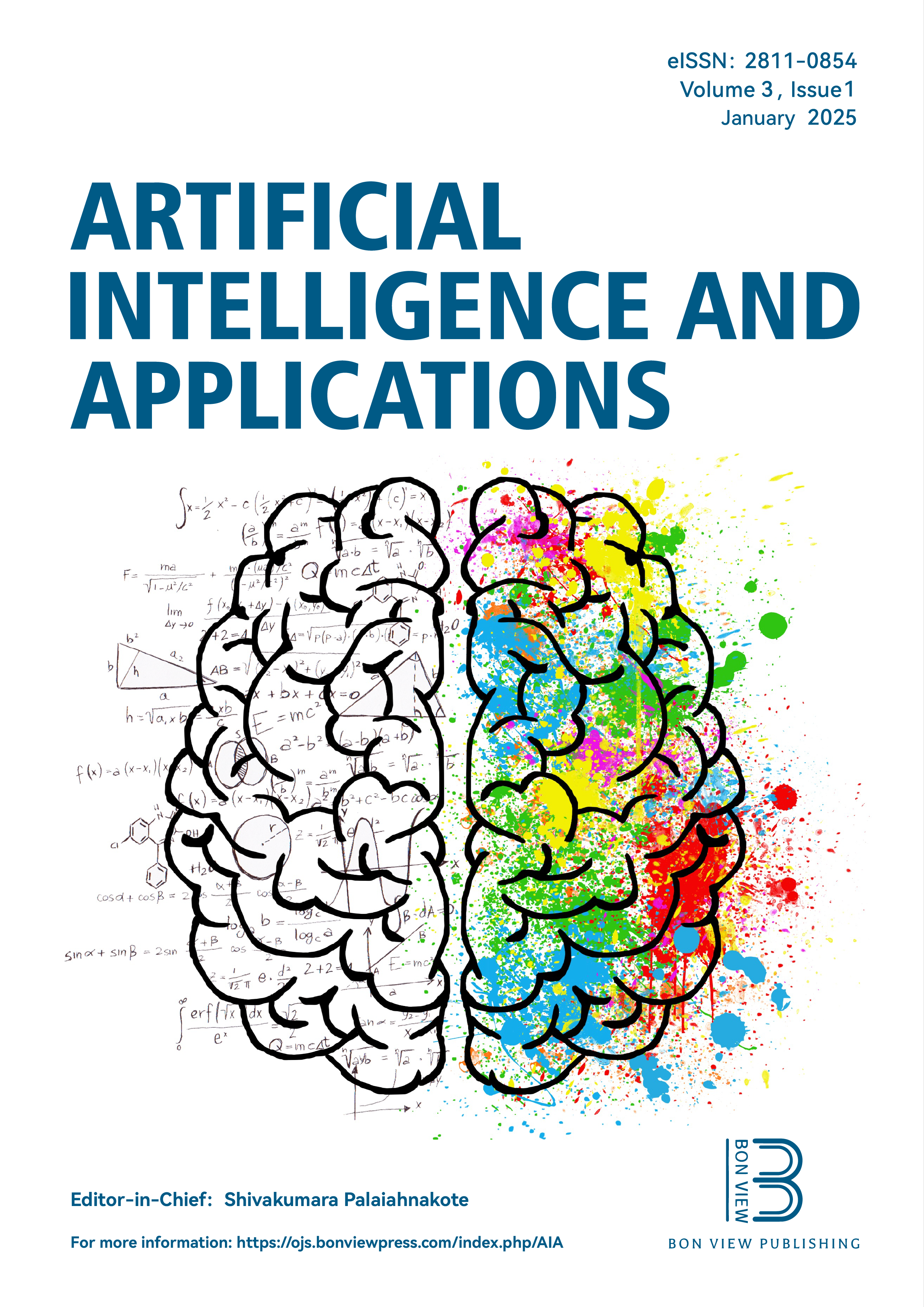A Methodology for Rapid Deployment of Diagnostic Applications for Human Gait & Posture Analysis and Exoskeleton Configurations, Combining AI with a Biomimetic Rig
DOI:
https://doi.org/10.47852/bonviewAIA42023630Keywords:
diagnostic applications, gait and posture analysis, biomimetic rig, AI markerless motion capture, exoskeletons, prosthetics, personal data privacy, ethics issuesAbstract
Research has shown that certain simple, yet valuable gait and posture diagnostic tests can be conducted without the involvement of human experts using optical detection software employing Artificial Intelligence (AI), either on par with some physicians or, in some cases, even better in terms of availability, productivity, ease, and cost. The purpose of the current paper is to propose a methodology that uses dedicated AI models for partial body frames instead of full-body pose trackers. To achieve this, we obtain training dataset (photos/ videos) using a biomimetic rig instead of humans. In this research, we also study existing applications using already available AI pose trackers, their methodology, limitations regarding partial body views, and limitations in detecting mechanical devices and systems. Finally, to support our study, we present stand2squatAI_biorig software as an example of an AI-automated, diagnostic, real-time test that does not require physicians to complete the examination. We developed this software as a proof-of-concept to illustrate the proposed methodology and confirm our findings. Software applications developed in this manner can be used to study and diagnose various human conditions. The value of the proposed approach, which includes a biomimetic rig, is that it increases precision, reduces costs, and increases human safety; for example, during the application of mechanical aids while ensuring personal data privacy and overcoming ethical issues.
Received: 16 June 2024 | Revised: 20 September 2024 | Accepted: 16 October 2024
Conflicts of Interest
The authors declare that they have no conflicts of interest to this work.
Data Availability Statement
The Teachable machine AI model used in this study is openly available in figshare at http://doi.org/10.6084/m9.figshare.27894876.
Author Contribution Statement
Christos Kampouris: Conceptualization, Methodology, Software, Validation, Formal analysis, Investigation, Resources, Data curation, Writing – original draft, Writing – review & editing, Visualization, Project administration, Funding acquisition. Philip Azariadis: Supervision.
Metrics
Downloads
Published
Issue
Section
License
Copyright (c) 2025 Authors

This work is licensed under a Creative Commons Attribution 4.0 International License.






